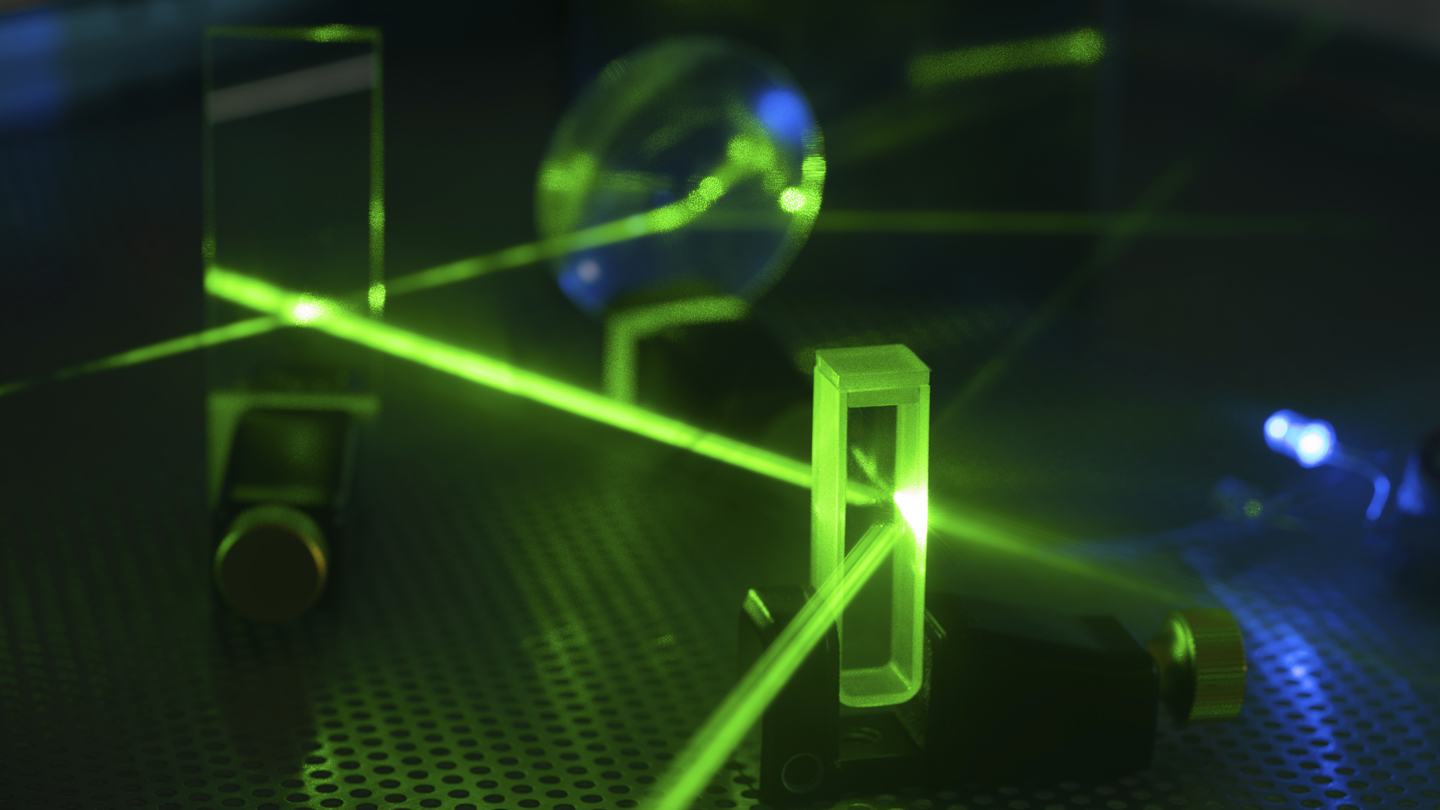Glimpses of the ultrafast world of electrons are changing scientists’ vision of the inner workings of atoms and molecules. The 2023 Nobel Prize in physics goes to three physicists who illuminated this realm with ultrashort pulses of light, the Royal Swedish Academy of Sciences announced October 3.
Within atoms and molecules, electrons zip around at extreme speeds. Capturing their to-and-fro is possible only with pulses of light that are extremely short. It’s akin to a camera flash that lasts mere attoseconds, or billionths of a billionth of a second.
Humans have long strived to measure processes with increasing precision, says Peter Armitage, a physicist at Johns Hopkins University. “With the advent of lasers, the timescales that you could measure became shorter and shorter [because] you’re doing it with ultrafast light pulses.”
Over decades, researchers have honed the ability to create such near-instantaneous bursts of light (SN: 3/12/10). In the 1980s, L’Huillier, now at Lund University in Sweden, noticed that infrared laser light sent through a gas would create light of a variety of wavelengths, what’s known as high-harmonic generation. The effect is a result of how that light interacts with the electrons in the gas, by a process which L’Huillier’s research helped clarify.
2023-10-03 08:44:05
Post from www.sciencenews.org
